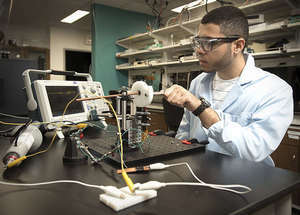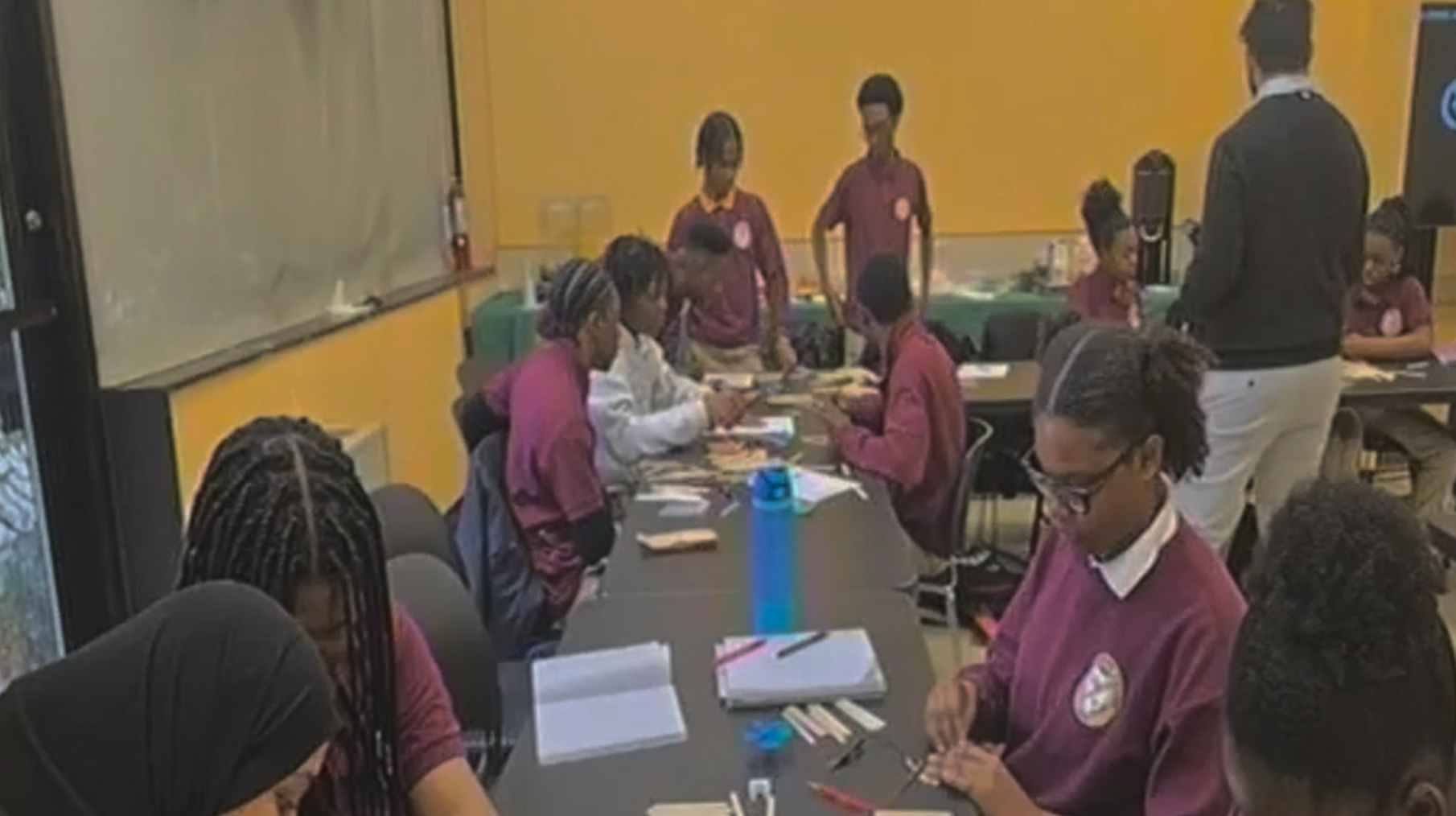
Low-temperature plasmas offer a world of promise for applications in medicine, water purification, agriculture, pollutant removal, nanomaterial synthesis, and more.
Yet making plasmas by conventional methods takes several thousand volts of electricity, says David B. Go, the Rooney Family Collegiate Professor of Aerospace and Mechanical Engineering. This limits their use outside of high-voltage power settings.
In work supported by the National Science Foundation, Go and a team of researchers, including two ND undergraduates and a Ph.D. student in mechanical engineering, have Enableded research that explores making plasma devices that can be operated without electrical power — they need only human or mechanical energy.
Their paper in Applied Physics Letters, “Hand-generated piezoelectric mechanical-to-electrical energy conversion plasma,” introduces a strategy they call “energy-conversion plasma” as an alternative to producing “transient spark” discharges without the need for a very high-voltage power supply.
The team included Olivia K. Jaenicke (ND ’20), Federico G. Hita (ND ’21), Ph.D. student Jinyu Yang, and Seong-kyun Im, associate professor of mechanical engineering at Korea University.
Jaenicke and Hita, under the guidance of Yang, designed, fabricated, and tested a hand-cranked piezoelectric device to generate the plasma. The device includes a snail-shell shaped actuator that compresses a conventional gas grill igniter made from a piezoelectric crystal to form the plasma. When the piezoelectric crystal is compressed, it is polarized and generates a surface voltage high enough to initiate a plasma. The snail-shell allows the igniter to reset quickly so that one plasma discharge can be generated with each revolution, no matter how fast the person cranks the device.
“Our plan was to make a device that could continuously create an energy-conversion plasma so that we could study its characteristics and show whether its formation was consistent and feasible for applications outside of the laboratory,” says Go.
The team found that manually created energy-conversion plasma could be most useful when integrated into devices that have rotating parts or naturally produce vibrations, such as internal combustion engines with oscillating pistons. For example, energy-conversion plasmas could make the combustion process in cars, airplanes, even cruise ships, more fuel efficient.
“This study at the interface of plasma physics, chemistry, and engineering is a great example of innovative fundamental research with the potential for both short-term and long-term applications,” says Vyacheslav (Slava) Lukin, a program director in NSF’s Division of Physics. “With undergraduate students as lead authors of the paper, this project both ‘promotes progress of science’ and directly contributes to development of future STEM workforce for the nation.”
Olivia Jaenicke was an Engineering Tomorrow Summer Intern and is a Engineer Mentor with the program.






